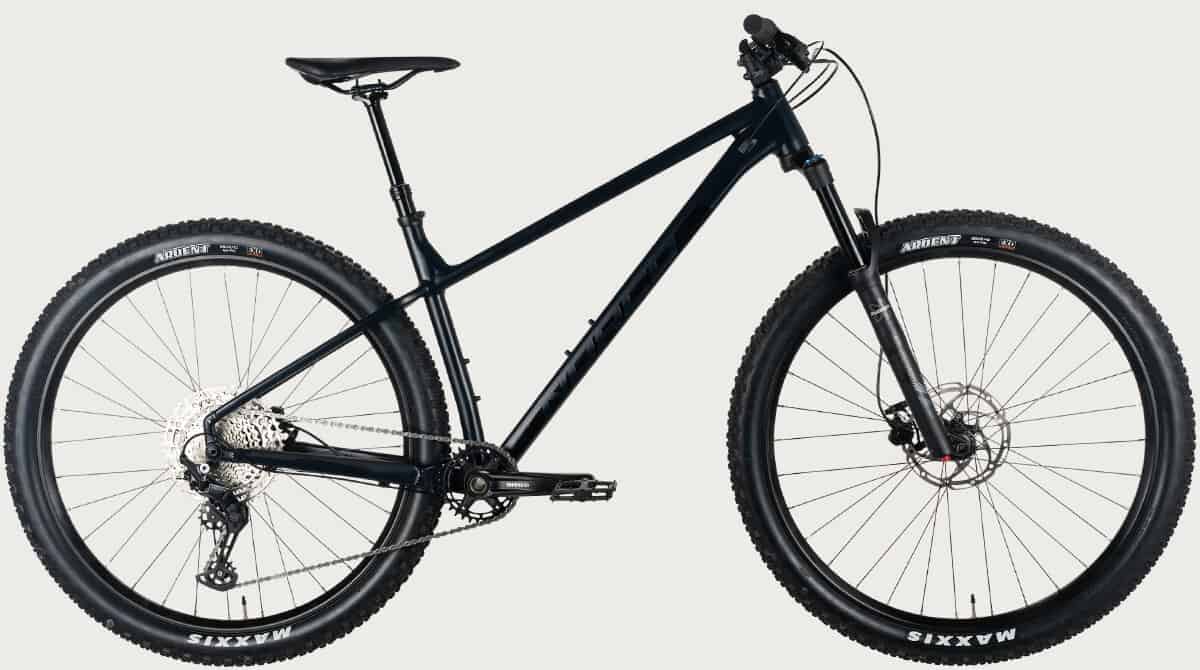
Eruptions consisting of bursts of volcanic blocks, bombs and tephra, fire fountains, and small ash and cinder columns yield cinder cones and associated cinder fields. Hoya de Cibola is a shield volcano that was formed from the buildup of lava flows.īasaltic lavas do not produce explosive eruptions because they have low viscosity. Mildy explosive (Strombolian) eruptions (VEI 1) also formed cinder cones such as Bandera Crater, Twin Craters, and El Calderon. Young basaltic lava flows are notoriously difficult to date by available techniques, and the errors for these values are relatively large. These volcanoes are also found in many other parts of Earth, including the island of Java, in Indonesia.The young lava flows of the Zuni-Bandera Volcanic Field exposed within El Malpais National Monument.Īfter KellerLynn (2012) and Dunbar (2010). There are many cinder cone volcanoes in the western United States, such as Sunset Crater in Arizona. The upper parts of the volcano are steep with a more gently sloping base. This type of volcano usually has a rounded top with a small bowl-shaped crater (hollowed-out area at the top of a volcano). As the tephra fall back down around the vent, the heavier materials fall near the vent and the lighter weight materials are thrown farther away. A cinder cone volcano is formed by an explosive eruption in which tephra piles up into a steep-sided loosely packed cone. Tephra comes in different sizes, including ash, cinders, and large rocks called volcanic bombs.

The lava cools and hardens into different volcanic material called tephra (lava blasted into the air by a violent volcanic eruption that solidifies as it falls to the ground). Following are three different types of volcanoes, for more information about these volcanoes and the different types of lava produced, see Exploring t he Environment: VolcanoesĮxplosive eruptions throw lava high into the air. There are more than 5,000 active underwater volcanoes and more than 800 active above-sea volcanoes in existence around the world.ĭifferent types of eruptions produce different kinds of volcanoes. Volcanoes that have not erupted in thousands of years are considered extinct and most likely will never again become active. Dormant volcanoes have not erupted in hundreds of years, but they could. Some volcanoes on Earth are active (erupted within the last century), but most of them are dormant (inactive). Some eruptions are very explosive while others are relatively quiet outpouring of bubbling lava or even gas. A volcanic eruption is when lava, ash, debris, and/or gas is thrown out of a volcano.


Magma that reaches Earth’s surface through vents is called lava. This molten rock, called magma, is less dense than the solid rock around it, so it is slowly forced toward the surface of Earth. Volcanoes form because heat and pressure within Earth cause rock to melt. The pipe-like openings that connect the volcano’s crater (depression at the top) to the magma cham ber (pool of molten rock deep within the Earth) are called volcanic vents. A volcano is the mountain or hill formed by the accumulation of materials erupted through one or more openings in the Earth’s surface.


 0 kommentar(er)
0 kommentar(er)
